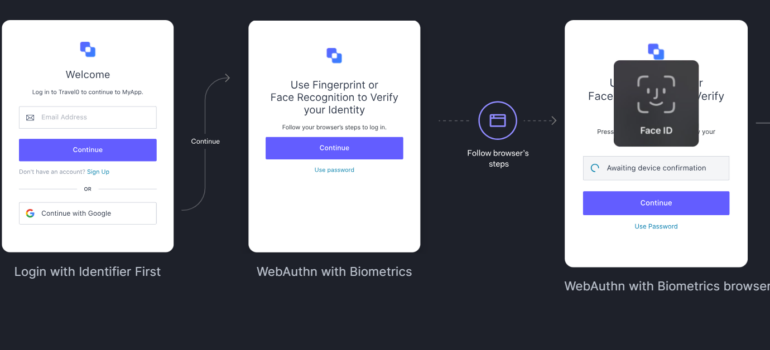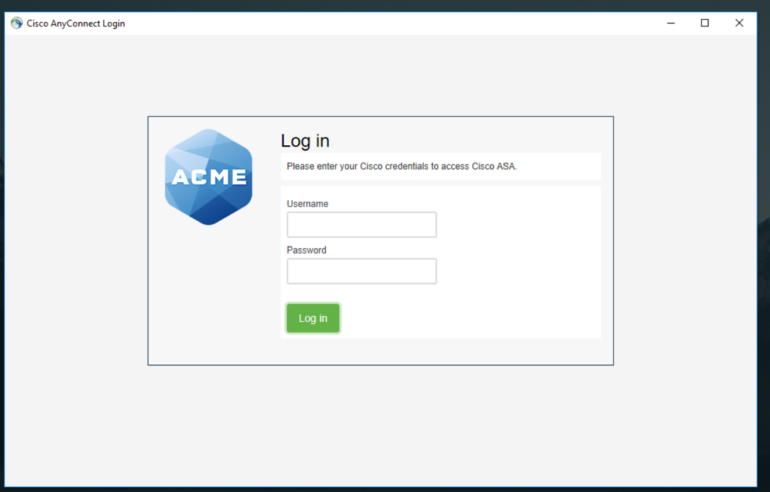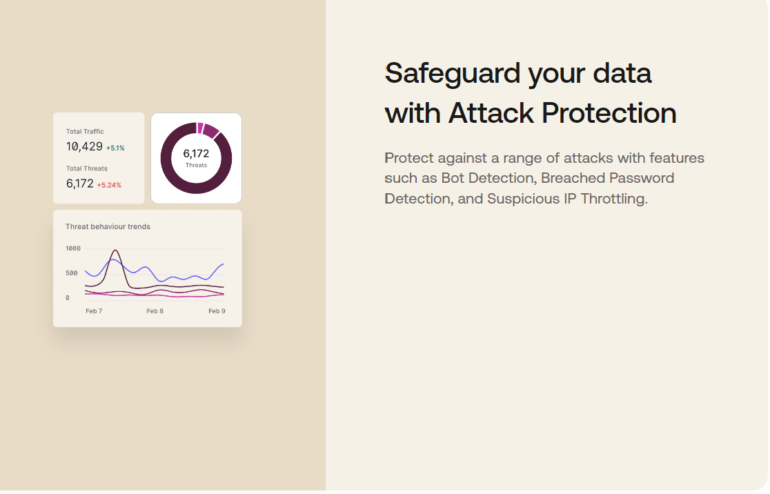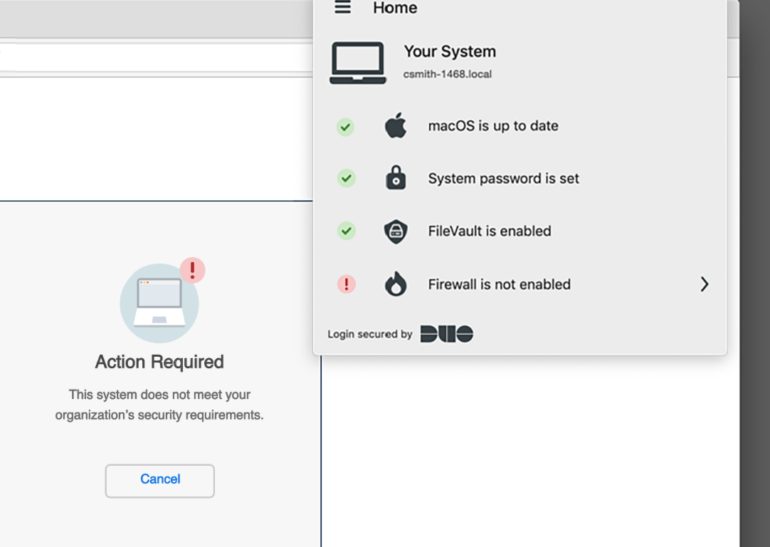Identity and access management solutions like Okta and Duo are extremely valuable for maintaining organizational data security. While both Okta and Duo offer strong identity management features like multifactor authentication, user provisioning, single sign-on, endpoint visibility and more, there are still notable differences in how each vendor approaches IAM. Duo, which is now part of Cisco security, takes a more unified approach to IAM, while Okta uses a two-pronged approach: workforce identity cloud and customer identity cloud.
To get the full gist of each vendor’s value propositions, we’ve reviewed the features and capabilities of each IAM solution, their pricing details and strengths and weaknesses, all of which will help you choose the best solution for your organization.
Jump to:
Okta vs. Duo comparison table
The table below presents a summary of how Okta and Duo compare to each other.
| Feature | Okta | Duo |
|---|---|---|
| Multifactor authentication (MFA) | Yes | Yes |
| Risk-based authentication | Yes | Yes |
| Administrator provisioning | Yes | Yes |
| Passwordless | Yes | Yes |
| Integrations | More extensive and vendor agnostic. | More suitable for Cisco customers. |
| Pricing | No basic price as prices are determined by each product. | Starts at $3 per user/month. |
Okta and Duo pricing
While pricing in both Okta and Duo is based on the number of users, Okta’s is further determined by the product you choose. Both vendors also offer a 30-day free trial.
Okta offers the following plans:
- Workforce Identity Cloud: This plan is designed for organizations looking to unify and secure identity management for their workforce. Under this plan, there are eight product offerings with their respective prices. Check Okta’s Workforce Identity Cloud pricing page for price breakdown.
- Customer Identity Cloud: This plan is for businesses looking to integrate identity into their customer-facing application and comes under the following categories: enterprise, business-to-consumer and business-to-business. Although the enterprise plan requires reaching out to Okta for a quote, the B2C and B2B plans have their respective starting prices. Check Okta’s Customer Identity Cloud pricing page for detailed pricing.
Duo’s pricing follows:
- Free: Covers MFA for up to 10 users.
- Essentials: Starts at $3 per user per month and covers features like MFA, passwordless, trusted endpoints and SSO.
- Advantage: Starts at $6 per user per month and includes every feature in the Essentials plan, plus device health, risk-based authentication and threat protection.
- Premier: Starts at $9 per user per month and includes every feature in the Advantage plan, plus secure remote access.
Feature comparison: Okta vs. Duo
Okta and Duo offer a range of capabilities designed to enhance security and streamline user authentication processes.
Authentication methods
Okta excels in providing a diverse set of authentication methods. Users can leverage options, including MFA, single-factor authentication, two-factor authentication, risk-based authentication, passwordless authentication, transaction authentication, computer recognition authentication, biometric authentication and social media and external identity provider authentication. (Figure A)
Figure A

Duo offers an array of authentication methods, including push notifications available on the Duo mobile app, WebAuthn and biometrics and hardware tokens and passcodes. Both platforms prioritize the implementation of MFA to reinforce security, but Okta offers more comprehensive options for authentication. (Figure B)
Figure B

Remote access security
Okta enables secure access for remote users. In addition to collaboration tools to assist with communication among remote teams, the solution provides cloud and on-premises services through deployment on a SSO solution. Okta’s remote users can further secure their internal network with remote use by adding MFA as a supplementary layer of security. MFA can be used to connect on-premises applications and access servers remotely.
Duo also provides secure remote access for a remote workforce that can be used without a virtual private network. The Duo Network Gateway is Duo’s remote access proxy, which can streamline secure remote access for organizational members. The Duo Network Gateway enables authorized users access to organizations’ web applications, websites, and SSH and RDP servers based on permission controls.
Security analytics and monitoring features
Okta’s security analytics feature enables users to gain visibility of their monitored security data. Their security monitoring widget allows users to view their organization’s metrics and suspicious activity reported by users. These metrics are automatically updated each time the widget loads.
Okta’s HealthInsight feature audits organization security settings and displays ways to improve security, while the ThreatInsight feature provides information about log-in attempts for suspicious activities and allows users to log events for auditing or block suspicious network traffic. (Figure C)
Figure C

Duo’s Trust Monitor surfaces security events to administrator users. It leverages up to 180 days of historical data to create a baseline of normal user and device behavior through analysis and modeling. It then scores deviations from the baseline behavior. This monitoring feature assesses the risk of the effect of each component and creates threat models to evaluate them. (Figure D)
Figure D

Integration and Compatibility
Okta boasts of 7000+ prebuilt integrations, making it a vendor-agnostic solution for IAM. This extensive integration ecosystem enables connectivity between Okta and existing infrastructure, streamlining user access management across multiple platforms. In addition, Okta integrates well with notable business applications such as Slack, DocuSign, Workday, Zendesk and AWS.
On the other hand, Duo integrates with many platforms but tends to lean more toward the Cisco ecosystem. Nevertheless, Duo still provides compatibility with a variety of applications and platforms. Apart from Cisco, other organizations that currently integrate with Duo’s IAM solution include Box, Eventbrite, Aha, Arraya, Optimax Systems and many others
Featured partners
Okta pros and cons
Despite Okta’s strong outing in the IAM market, there are still some notable weaknesses to note.
Pros
- Offers extensive IAM features.
- Identity cloud integrations with top applications like Zendesk, G Suite, Salesforce and Workday.
- Robust MFA support.
- Offers a 30-day free trial.
- Compatibility with web-based applications, iOS, Android, PC and mobile devices.
Cons
- Pricing for some of the products may be costly for some customers.
- Implementing and configuring Okta IAM can be complex.
Duo pros and cons
Below is a breakdown of the advantages and drawbacks to note in Duo.
Pros
- Offers a free MFA plan for up to 10 users.
- Comes with a 30-day free trial.
- Provides a variety of authentication options like push notifications, biometrics and hardware tokens.
- Easy to use.
- Integrates with Cisco’s extensive network.
Cons
- The integration ecosystem might not be as extensive as some other IAM solutions.
- Remote secure access is only available on the premier plan, which might be costly for small organizations.
Methodology
To draw a balanced comparison between Okta and Duo, we focused our evaluation criteria on features such as security and authentication support, scalability, integration capabilities, deployment options and cost considerations. We also used information from vendor documentation pages, reviews on Gartner Peer Insights and other reputable product review sites to shape our assessment.
Should your organization use Okta or Duo?
The choice between Okta and Duo depends on your organization’s specific requirements, existing infrastructure and priorities. Evaluating your needs and conducting a thorough assessment of these IAM solutions will help you determine the most suitable fit for your organization’s IAM strategy.
Okta’s comprehensive suite of services, extensive integration ecosystem and scalability make it a popular choice for organizations seeking a holistic IAM solution. On the other hand, Duo’s focus on simplicity, a user-friendly interface and Cisco integration make it an excellent option for organizations looking for effective multifactor authentication.
1 Twingate
Twingate helps fast-growing companies easily implement a Zero Trust secure access solution without compromising security, usability, or performance. We believe that “Work from Anywhere” should just work. Twingate’s secure access platform replaces legacy VPNs with a modern Identity-First Networking solution that combines enterprise-grade security with a consumer-grade user experience. It can be set up in less than 15 minutes and integrates with all major cloud providers and identity providers.
2 Semperis
For security teams charged with defending hybrid and multi-cloud environments, Semperis ensures integrity and availability of critical enterprise directory services at every step in the cyber kill chain and cuts recovery time by 90%. Purpose-built for securing hybrid Active Directory environments, Semperis’ patented technology protects over 50 million identities from cyberattacks, data breaches, and operational errors. Expose blind spots. Paralyze attackers. Minimize downtime. Semperis.com
3 Dashlane
Dashlane offers features like SSO, password sharing, and directory integration to help you safely manage passwords for your business. Securing your company’s data starts with each individual employee. It’s why we designed Dashlane to be easy for you to deploy and simple for your team to use—no matter how tech savvy they are.
Try Dashlane Business for free
Read next: Latest research on IAM tools (TechRepublic)
Source of Article






